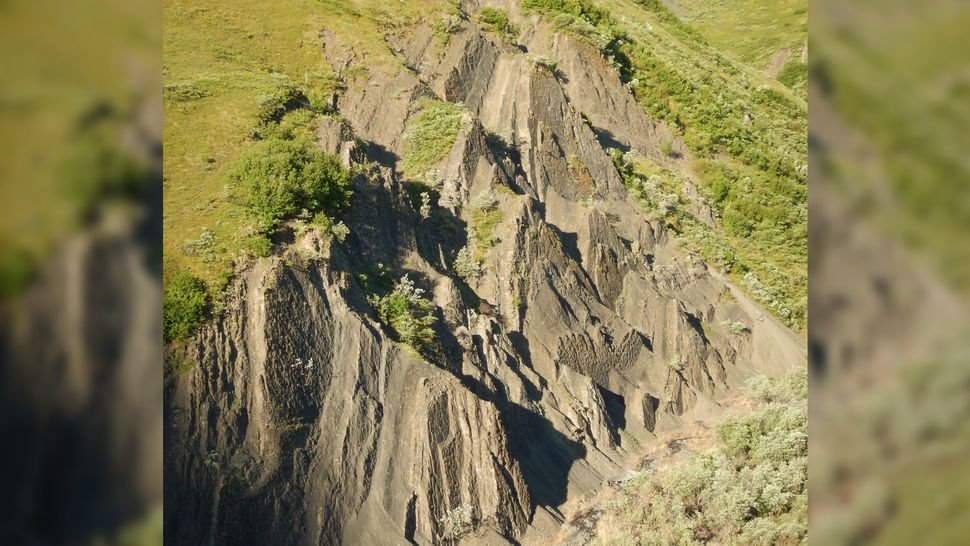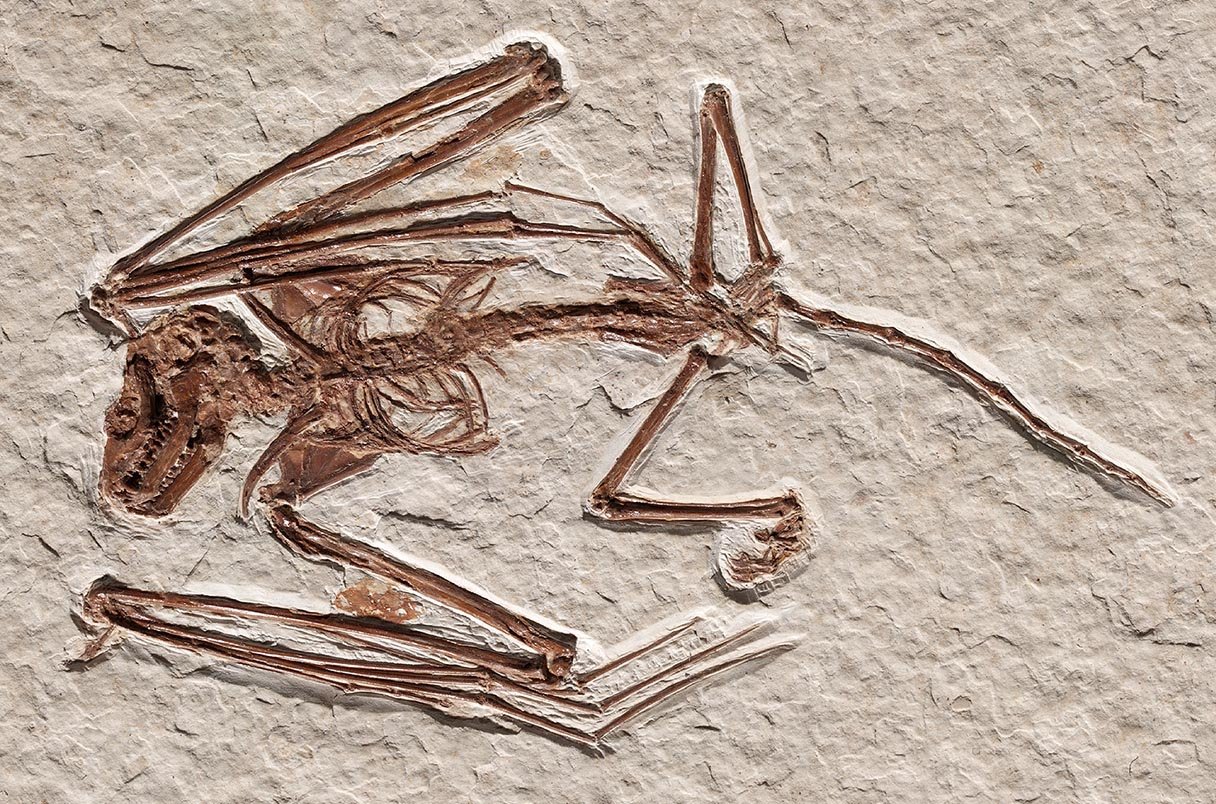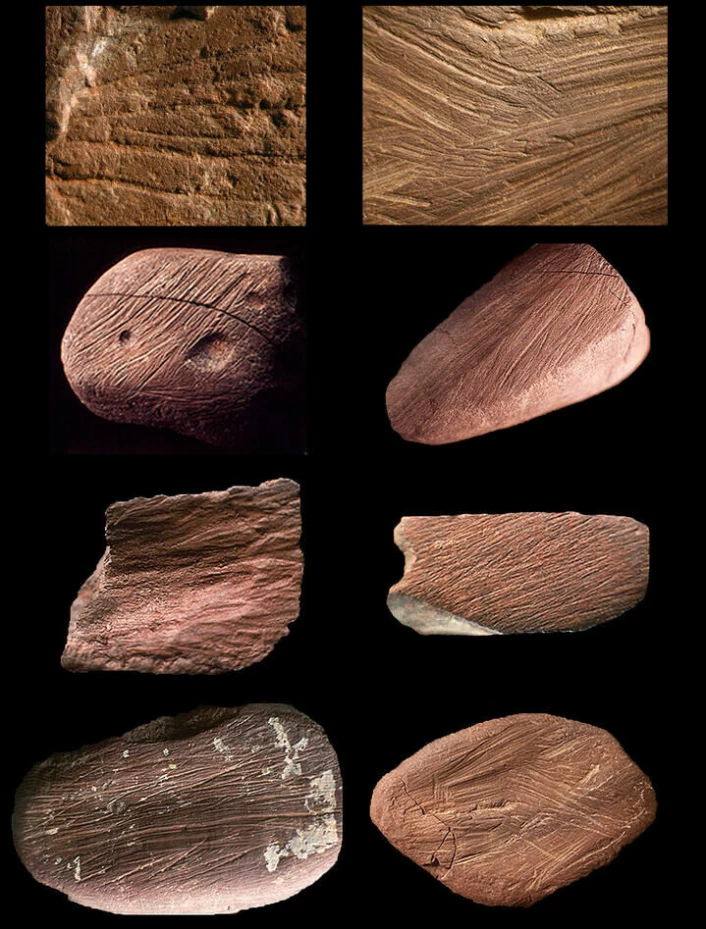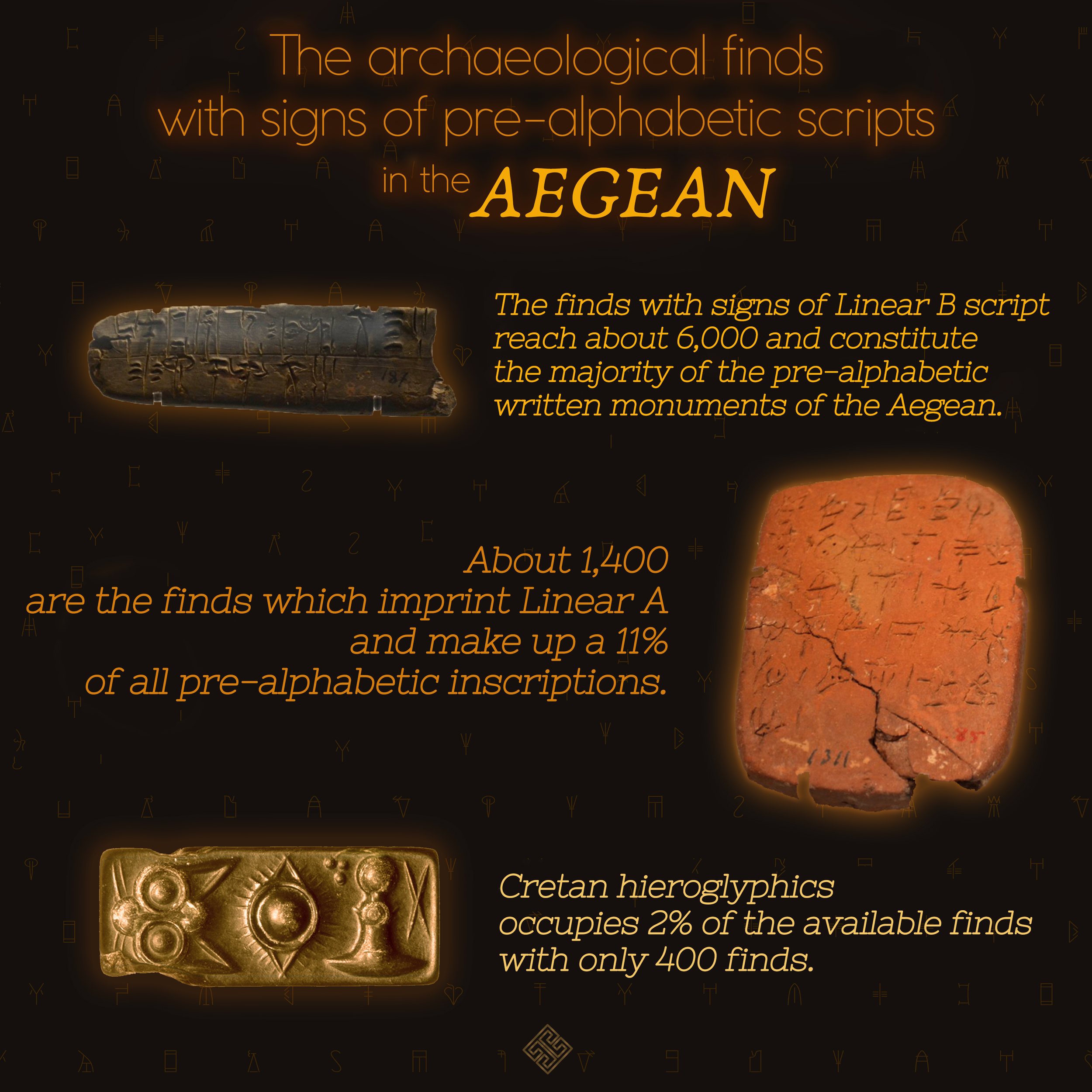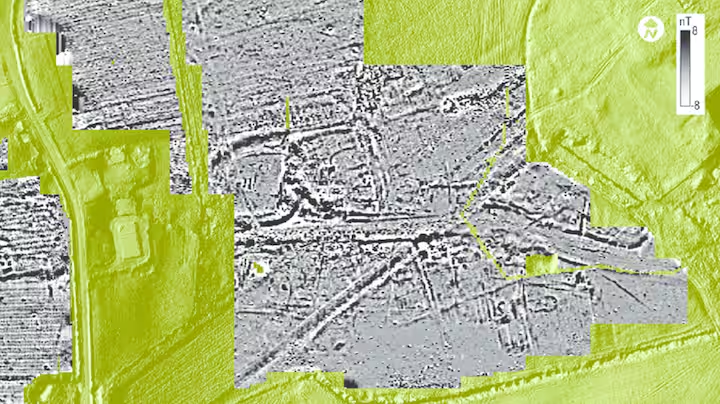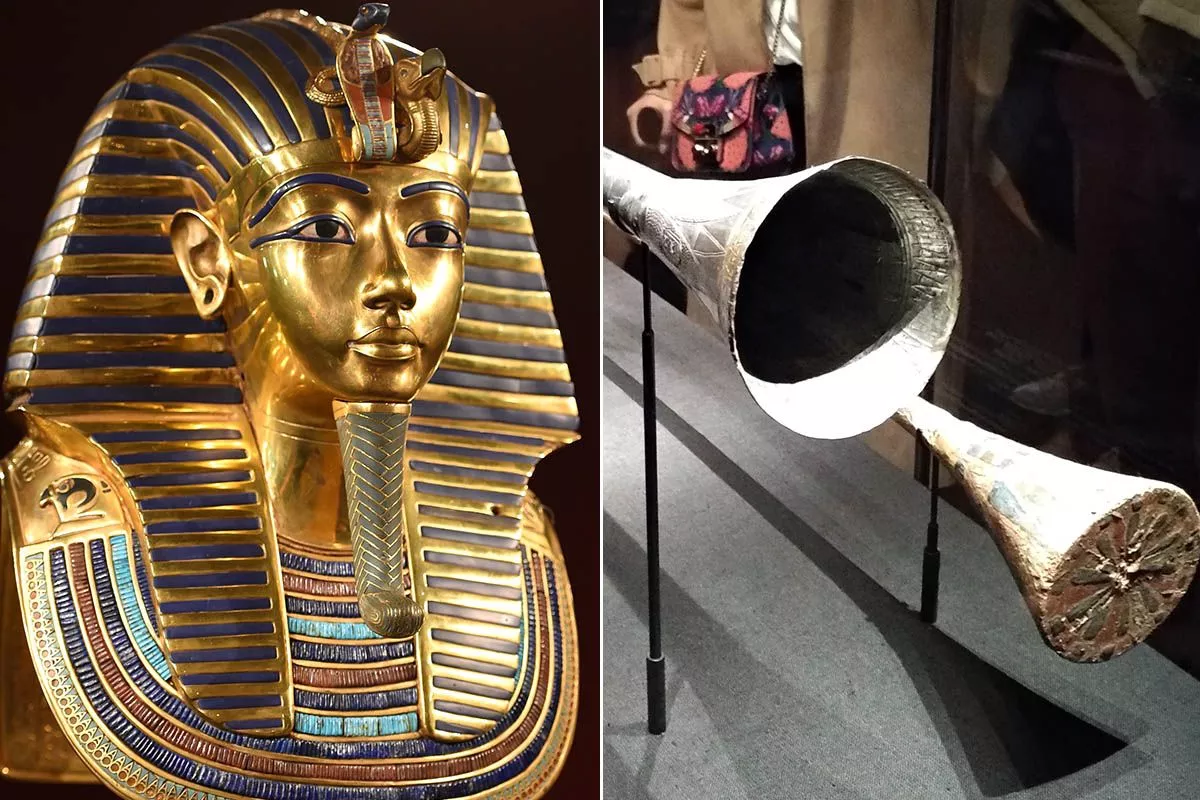The Persian plateau, a region that spans modern-day Iran, has been identified as a critical hub for Homo sapiens following their migration out of Africa. This pivotal role was established through the integration of genetic evidence, paleoecological models, and archaeological findings. The research, led by a team of scientists from various institutions, indicates that Homo sapiens dispersed from Africa approximately 70–60 thousand years ago (kya), but it wasn't until around 45 kya that they began to colonize all of Eurasia extensively. The interim period, which saw these early humans settle in the Persian plateau, has been a subject of considerable scientific interest.
The Genetic Evidence
Genetic studies reveal that populations within the Persian Plateau possess ancestry components closely matching those of the earliest Homo sapiens who left Africa. This suggests that the plateau acted as a significant waypoint for our species during their early Eurasian colonization attempts. The genetic markers found in the region provide a direct link to these ancient travelers, shedding light on the movements and expansions of early human populations.
Focal area for the Hub (A, white to light yellow hues show the most likely Hub location from a genetic perspective) and for Basal Eurasian ancestry (B, dark hues show higher proportion of a Basal Eurasian component) based on at least 75% WEC ancestry. The grayscale in individual population points is proportional to the inferred proximity to the Hub (A) or the proportion of Basal Eurasian ancestry (B). kya stands for thousands of years ago. Source Data in Supplementary Data 11.
Paleoecological Insights
The research further explores the environmental conditions that made the Persian plateau a suitable habitation site for early Homo sapiens. Using paleoecological models, the team reconstructed the climatic conditions of the plateau between 70 and 30 kya. The models indicate that the region could support human life throughout this period, offering a stable environment for these communities. Moreover, the plateau's ecological diversity and resources could sustain larger populations compared to other West Asian regions, making it an ideal settlement area during this epoch.
Archaeological Corroboration
Archaeological evidence from the Persian Plate supports the genetic and paleoecological findings. Sites across the region have yielded artifacts and remains dating back to the relevant period, indicating a continuous human presence. These archaeological sites, alongside the genetic and environmental data, paint a comprehensive picture of the plateau as a bustling hub for early humans.
The combination of genetic, paleoecological, and archaeological evidence positions the Persian plateau as a critical juncture in the story of human migration and settlement. This research not only highlights the importance of the region in our prehistoric past but also opens new avenues for understanding the complex journey of Homo sapiens as they spread across the globe. Further investigations into this area are likely to yield even more insights into the early chapters of human history.




















